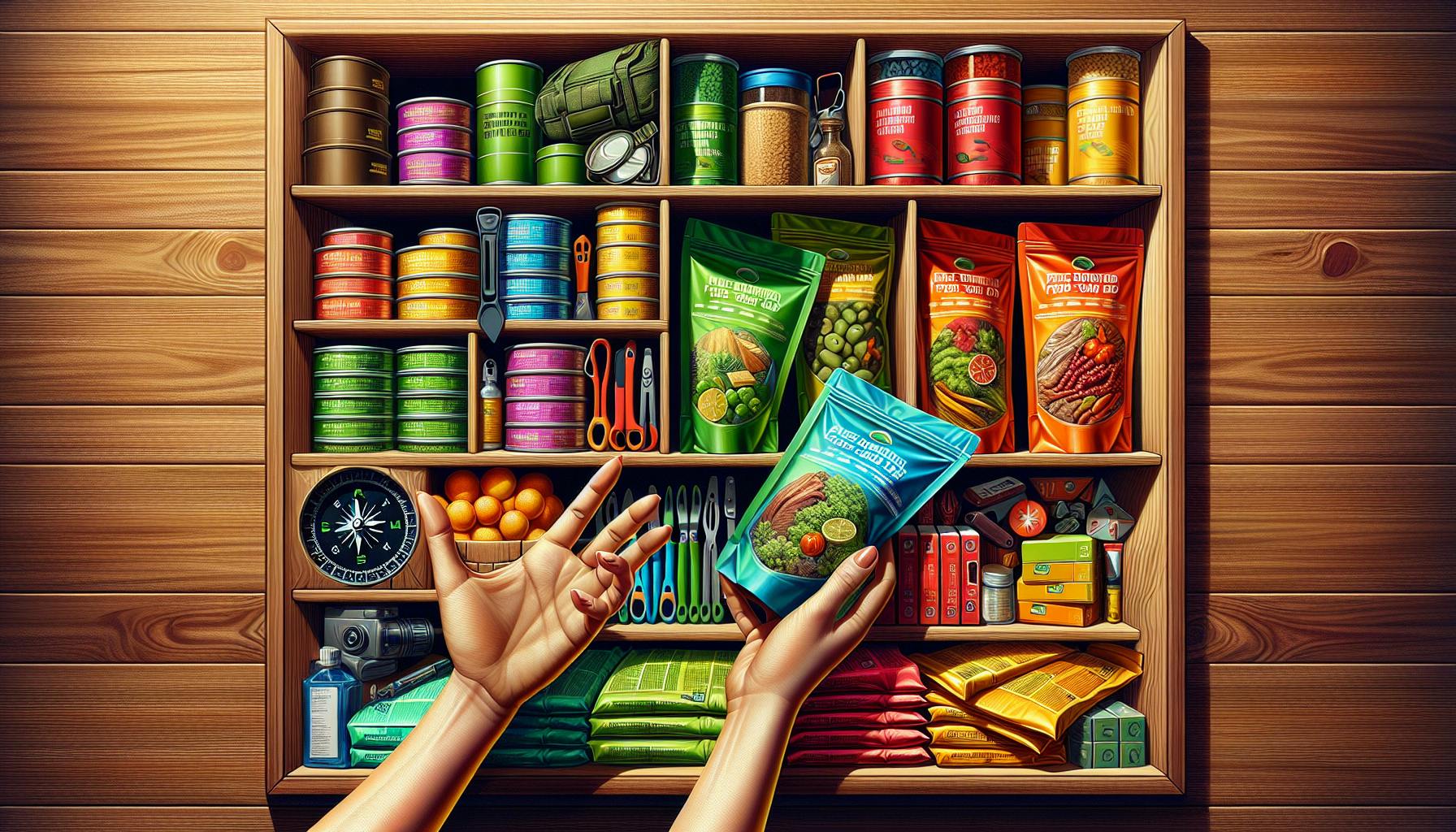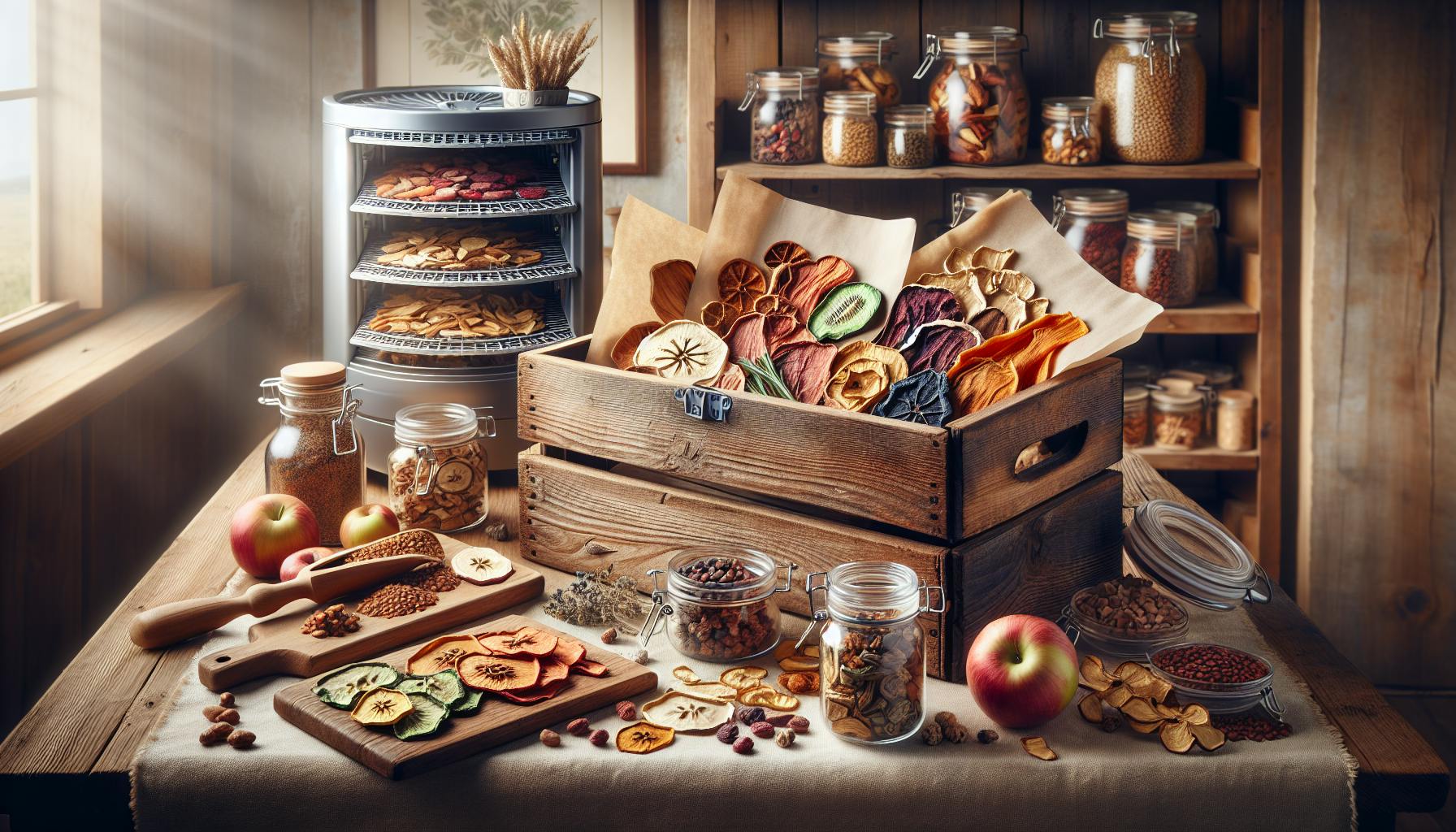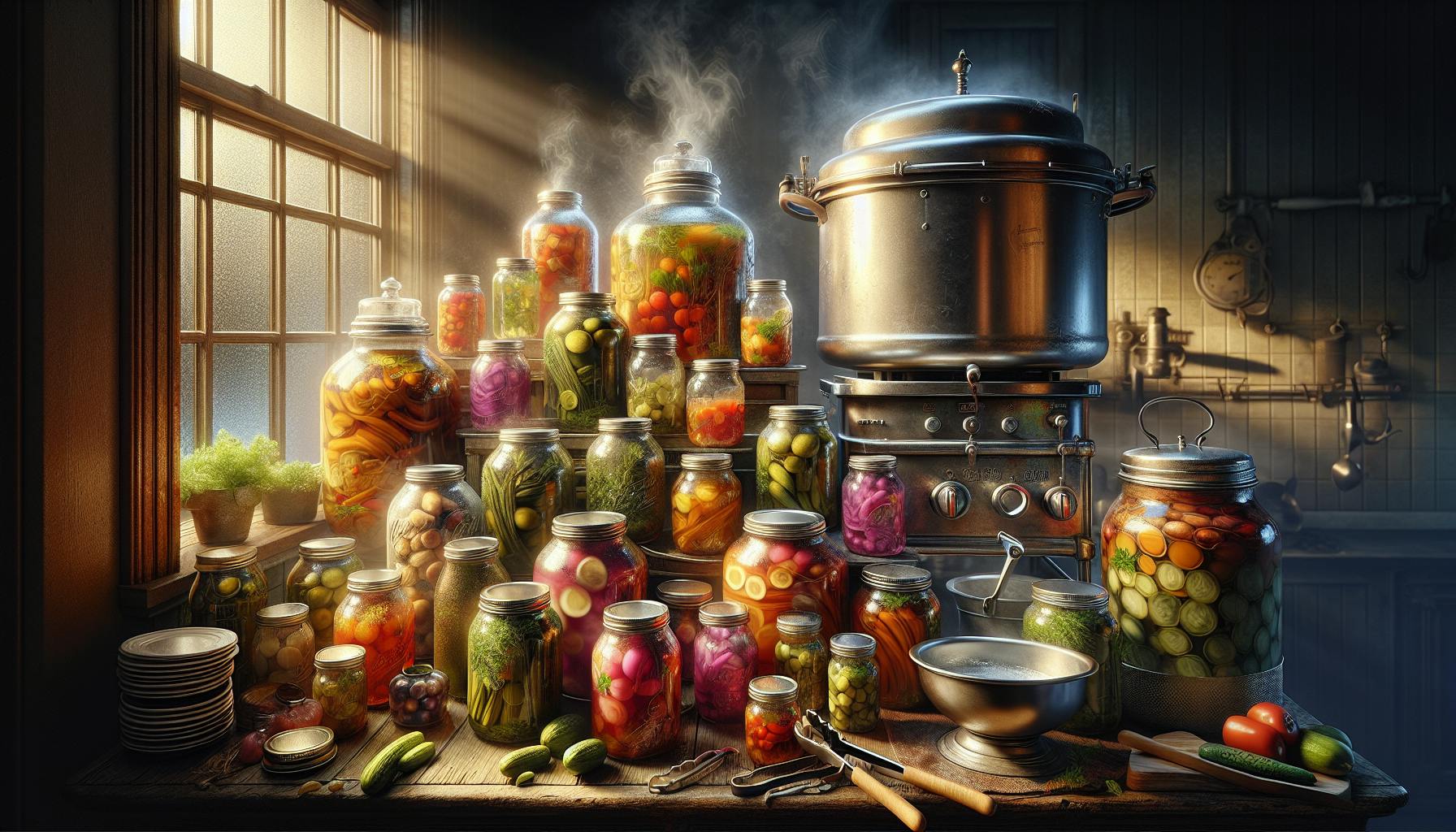Introduction to Rain Barrels
Collecting rainwater for reuse provides many benefits for homes interested in self-sufficiency and emergency preparedness. Rain barrels offer a simple way to harvest rain by capturing runoff from roof drainage systems. The stored water can then be used for irrigating gardens, washing cars, or other outdoor needs. This conserves municipal water and saves money on utility bills.
In this comprehensive guide, we will cover everything you need to know about rain barrels. You'll learn what they are, why they are useful, how to set one up, and ways to use the collected rainwater. Understanding rainwater harvesting with barrels is an essential skill for preppers looking to become more self-reliant. Let's get started!
What Is a Rain Barrel?
A rain barrel is a large container that collects and stores rainwater drainage from your home's roof. The water flows from the gutters down the downspouts and is diverted into the rain barrel. The barrel acts as a reservoir, holding the water until you need it.
- Rain barrels are typically made of plastic, metal, or wood. Common sizes range from 50 to over 200 gallons. Our favorite is the Slim Line Rain Barrel from RainReserve which comes in various sizes up to 200 gallons.
- A filter screen catches debris and keeps mosquitoes out. A spigot at the bottom allows you to access the water. We recommend the LeafFilter screen protector for optimal debris filtering.
- They can be purchased pre-assembled or made through simple DIY projects. WeLovePrepping sells pre-assembled rain barrels for quick and easy setup.
How Rain Barrels Work
Your roof acts as a catchment area, collecting rainwater that then flows through the gutters and downspouts. A diverter like the FlexiFit diverter kit is used to redirect the downspout water into the rain barrel. Once full, excess water overflows and drains away from your home's foundation. The water remains fresh as it slowly filters through the barrel. The spigot valve lets you control water flow with a hose or watering can.
Rain Barrel Materials
- Plastic - Durable, lightweight, and affordable. Made of polyethylene or fiberglass. The Scepter heavy duty plastic barrel is a great option.
- Wood - Rustic, natural look. Usually constructed from redwood or cedar which resist rotting.
- Metal - Long-lasting, sturdy option. Galvanized steel or aluminum are common materials.
- Repurposed - Reuse food barrels, drums or IKEA tubs. Make sure they are food-grade and properly cleaned.
- Concrete - Heavier material for a permanent install. May require modifications with a spigot and overflow port.
Rain Barrel Sizes
- Small (50-80 gal) - Good for decks, patios, balconies, or small homes. Consider the 60 gallon Rain Wizard barrel.
- Medium (80-120 gal) - Provides ample capacity for typical suburban gardens. The 100 gallon RainReserve barrel is perfect.
- Large (120-200+ gal) - For big properties with expansive water needs. Check out the 200 gallon Rain Harvest Big Maxx.
- Custom - Link multiple barrels for extra large capacities. Use a barrel linking kit.
- Calculate your ideal size based on roof square footage and expected rainfall in your area. As a general guide, most homes can use a 100 gallon barrel.
Benefits of Using a Rain Barrel
Harvesting rainwater provides many advantages:
- Saves money by reducing water bills - A rain barrel can save the average home over 1000 gallons per year, adding up to real savings.
- Conserves natural resources - Rainwater harvesting reduces demand on public water supplies.
- Renewable, sustainable source of water - Rainwater is free once the barrel is set up!
- Mitigates flooding and erosion - Capturing roof runoff reduces stormwater.
- Emergency preparedness - access to water if supplies disrupted. A rain barrel ensures water access if pipes freeze or utilities fail.
- Promotes self-sufficiency - Take control of your water supply.
- Simple, cost-effective way to go green - Investing in a rain barrel is eco-friendly with a quick payback.
Setting Up Your Rain Barrel
Proper setup ensures your rain barrel functions efficiently:
- Place on solid, level ground like a concrete pad near a downspout
- Use a diverter like the FlexiFit or connect to downspout directly
- Make sure overflow outlet safely drains away from home using a drainage hose
- Elevate on blocks for optimal water pressure
- Attach hose to spigot valve to access water
- Link multiple barrels together with tubing for more capacity
- Clean out debris from filter periodically
Helpful Supplies
- Downspout diverter kit - We recommend the FlexiFit diverter
- Hose and nozzle - Use a durable contractor grade rubber hose
- Concrete blocks for stable base - Use solid 16x8x8 blocks
- Rain barrel filter screen - Choose the LeafFilter insert
- Overflow kit - Attach a 1.5" drainage hose to prevent flooding
- PVC pipes and tubing (for linking barrels) - Use 1.5" PVC parts
- Soaker hose, rainwand nozzle (water conservation) - Helpful accessories in our store
Ideal Placement Tips
- Near gutter downspout for direct water flow
- Flat, solid surface like pavers, gravel, or mulch to prevent sinking or tipping
- Shaded area under a tree or awning to reduce algae and evaporation
- Near gardens, compost, or high water use areas to reduce hose distance
- Overflow area that will safely drain away from house and property
- Placing uphill from garden takes advantage of gravity flow
- Blend into landscape with plants, rocks, or fencing
sbb-itb-b932644
Using the Water From Your Rain Barrel
The stored water has many uses:
- Watering gardens, lawns, trees, flower beds
- Washing cars, patio furniture, decks, windows
- Filling backyard ponds, decorative fountains
- Maintaining compost moisture
- Emergency water for radiators, cleaning, hygiene
- Teaching kids about conservation
- If needed for drinking or cooking, the water can be boiled, chemically treated, or filtered
Rain Barrel Maintenance Tips
- Periodically clean out debris from filter screen
- Check for leaks and seal with waterproof caulk
- Drain rain barrel before winter to prevent cracking
- Repair any cracks immediately with epoxy sealant
- Inspect overflow for proper drainage
- Clean interior periodically by scrubbing and rinsing
Rain Barrel Accessories
Useful add-ons include:
- Rain barrel stands for optimal height and water pressure
- Additional spigots for easy multi-point access
- Linking kits to connect multiple barrels together
- Lockable lids for child safety and mosquito protection
- Debris screens to filter out leaves and pollution
- Overflow diverters to customize drainage direction
- Auto-filling valves to maintain water levels
- Solar pumps for off-grid water pressure
Conclusion
Installing a rain barrel is an easy, affordable way to harvest rainwater and practice sustainability. Careful setup and maintenance will ensure your system functions smoothly. The stored water provides a free, renewable source for irrigating, washing, and emergency preparedness while conserving resources.
Rainwater collection is an essential self-sufficiency skill. Visit the WeLovePrepping store today and choose from our selection of high quality rain barrels to start your water harvesting journey!


